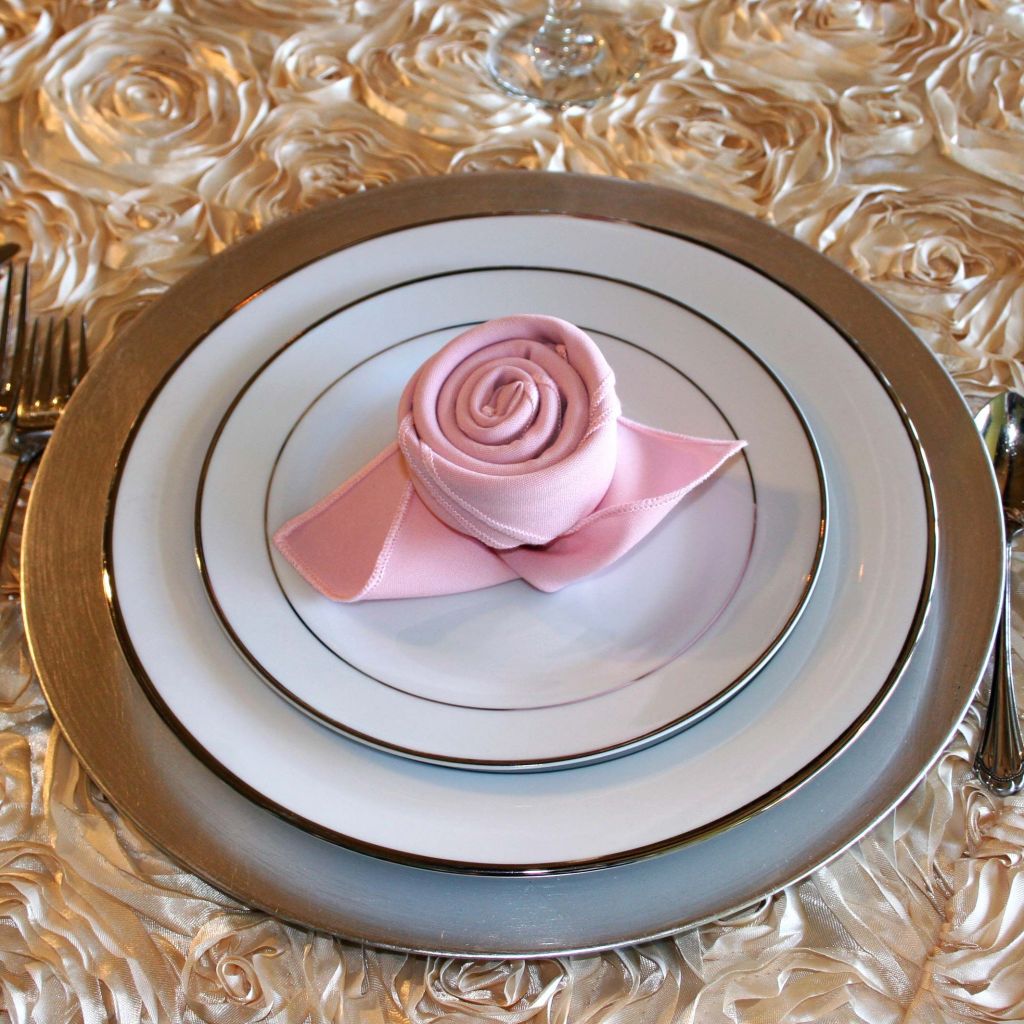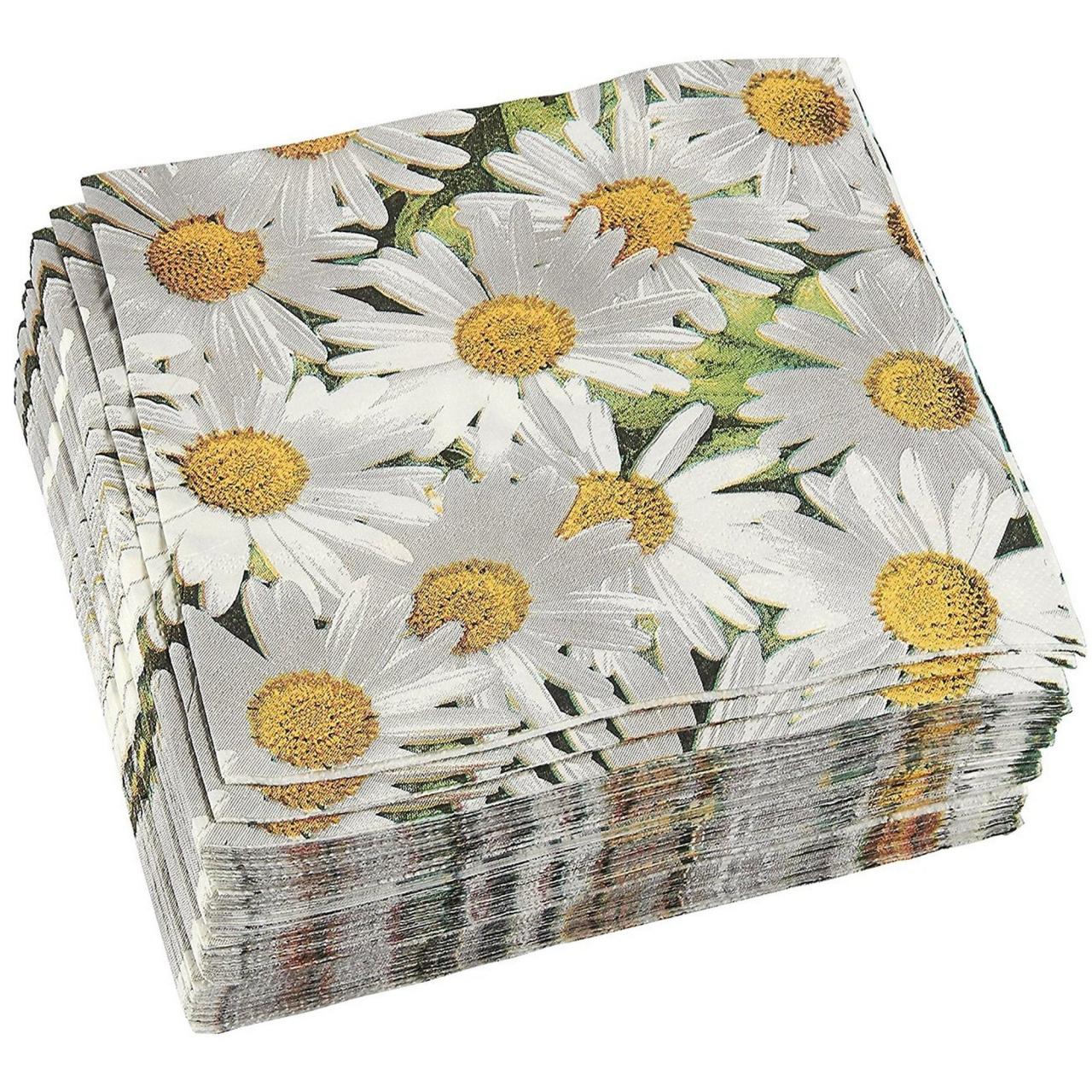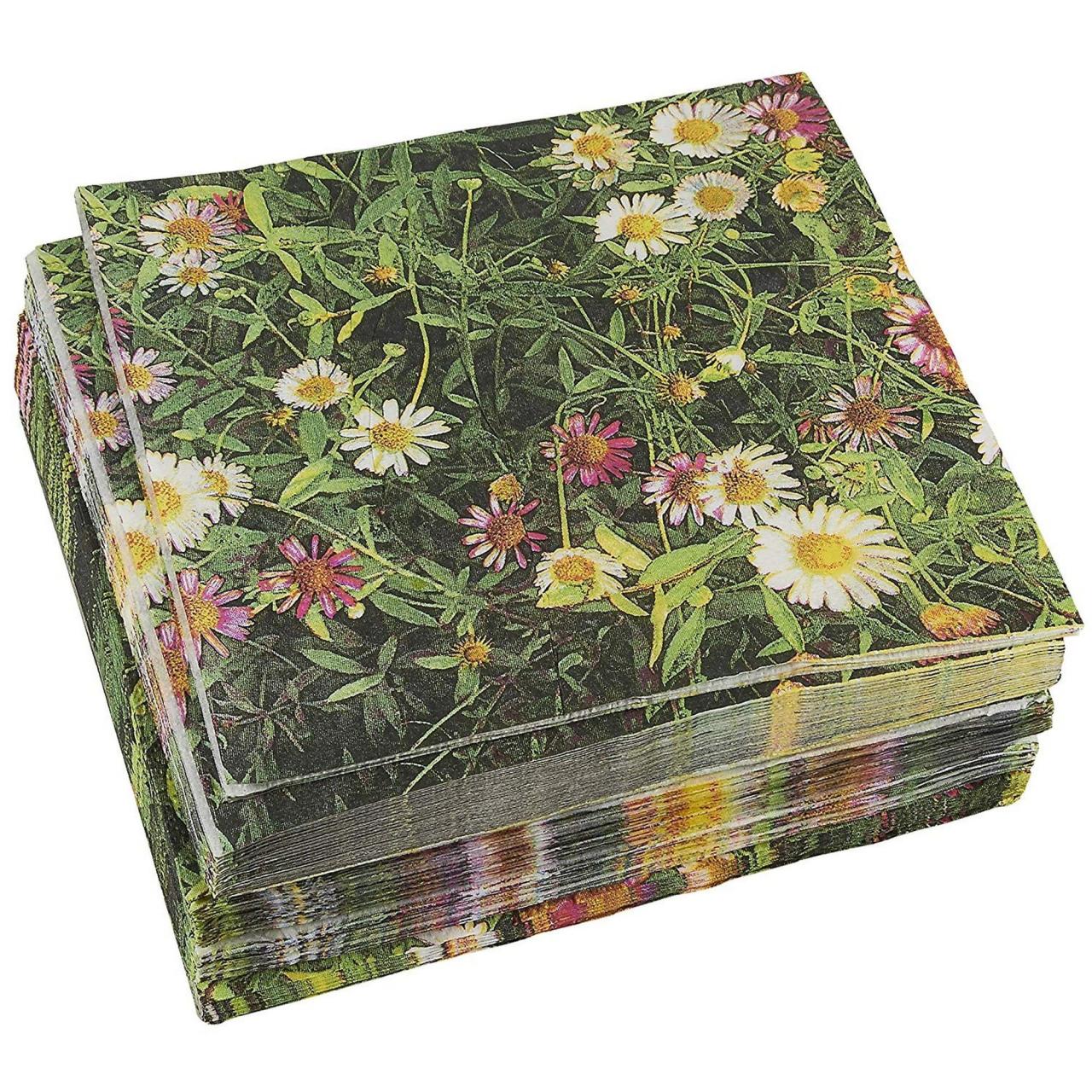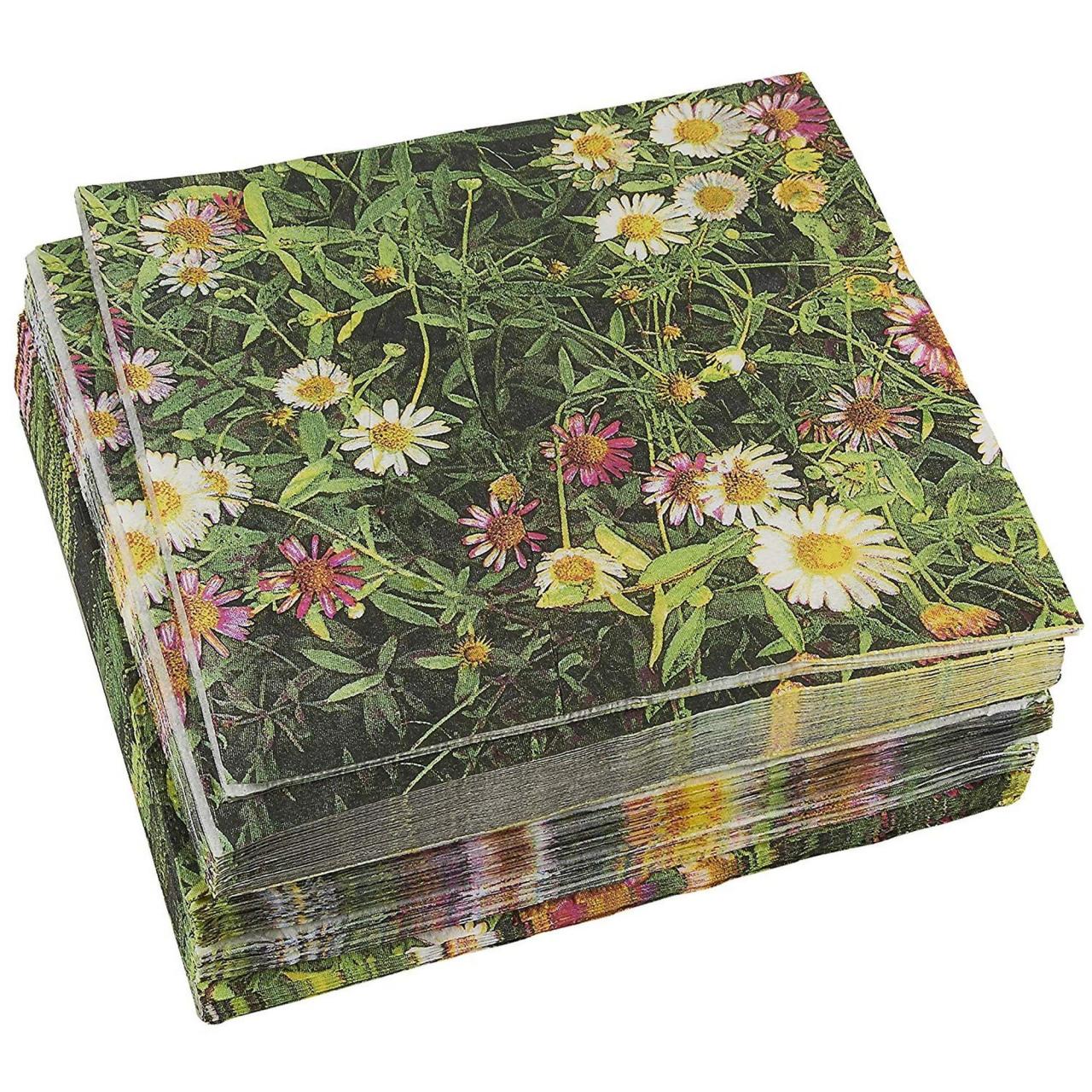Decorative napkins are an elegant and versatile addition to any table setting, adding a touch of sophistication and style to your dining experience. From classic designs to modern patterns, decorative napkins come in a wide range of materials, designs, and embellishments to suit any occasion or décor.
In this comprehensive guide, we will explore the various aspects of decorative napkins, including materials, designs, embellishments, folding techniques, table setting etiquette, care and maintenance, and creative uses. Whether you’re hosting a formal dinner party or simply want to add a touch of elegance to your everyday meals, this guide will provide you with everything you need to know about decorative napkins.
Materials and Fabrics

Decorative napkins are crafted from a variety of fabrics, each offering unique properties and aesthetics. Understanding the characteristics of these fabrics aids in selecting the most suitable napkin for your specific needs and preferences.
Cotton
Cotton is a natural fiber known for its durability, absorbency, and versatility. Cotton napkins are soft, comfortable to the touch, and can withstand frequent washing and use. They are a practical choice for everyday dining or casual gatherings.
Linen
Linen, derived from the flax plant, is a luxurious and elegant fabric. It is highly absorbent, wrinkle-resistant, and possesses a characteristic slubbed texture. Linen napkins add a touch of sophistication to formal occasions and special events.
Lace
Lace is a delicate and intricate fabric created by interlocking threads. It is often used to embellish napkins, adding a feminine and romantic touch. Lace napkins are suitable for special occasions or as decorative accents on a dining table.
Silk
Silk is a luxurious fabric known for its smoothness, drape, and sheen. Silk napkins are soft and elegant, perfect for formal dinners or special events. However, they require delicate care and are not as durable as other fabrics.
Folding Techniques

Napkin folding is an art form that can elevate the presentation of any table. From simple folds to intricate designs, there are endless possibilities when it comes to folding napkins. Here are a few popular folding techniques that you can try:
Fan Fold
The fan fold is a classic and elegant fold that is perfect for formal occasions. To make a fan fold, start by folding the napkin in half lengthwise. Then, fold each end of the napkin towards the center. Finally, fold the napkin in half again to create a fan shape.
Lotus Fold
The lotus fold is a beautiful and intricate fold that is perfect for special occasions. To make a lotus fold, start by folding the napkin in half diagonally. Then, fold the bottom two corners of the napkin up to meet the top point.
Next, fold the top point down to meet the bottom point. Finally, fold the napkin in half again to create a lotus shape.
Bishop’s Hat Fold, Decorative napkins
The bishop’s hat fold is a fun and whimsical fold that is perfect for casual occasions. To make a bishop’s hat fold, start by folding the napkin in half diagonally. Then, fold the bottom two corners of the napkin up to meet the top point.
Next, fold the top point down to meet the bottom point. Finally, fold the napkin in half again to create a bishop’s hat shape.
Care and Maintenance

Preserving the quality and longevity of decorative napkins is essential to maintain their aesthetic appeal and functionality. Proper care involves washing, ironing, and storage techniques that protect the fabric and ensure the napkins remain in pristine condition.
Washing
- Use a gentle cycle with cold water to prevent shrinkage and color fading.
- Avoid harsh detergents and bleach, which can damage the fabric.
- Use a mild soap or detergent specifically designed for delicate fabrics.
- Avoid overloading the washing machine, as overcrowding can cause wrinkles and damage.
Ironing
- Iron napkins while they are still slightly damp to make ironing easier.
- Use a low heat setting and avoid using steam, which can damage the fabric.
- If necessary, use a pressing cloth between the iron and the napkin to protect the fabric.
li>Avoid ironing directly over any embellishments or embroidery.
Storage
- Store napkins in a cool, dry place away from direct sunlight.
- Fold napkins neatly and store them upright to prevent wrinkles.
- Use acid-free tissue paper or muslin to wrap napkins for long-term storage.
- Avoid storing napkins in plastic bags, as this can trap moisture and damage the fabric.
Creative Uses
Decorative napkins extend their versatility beyond the dining table, offering unique and imaginative applications in home décor and beyond.
Explore the limitless possibilities of these elegant textiles as they transform into captivating wall hangings, stylish gift wrappings, and charming accents that elevate any living space.
As Wall Hangings
- Create a gallery wall with an eclectic mix of decorative napkins, framed and arranged in a visually stunning display.
- Use napkins as tapestries, suspending them from wooden dowels or curtain rods for a bohemian touch.
- Mount napkins on canvas or cardboard, adding embellishments such as tassels, beads, or embroidery for a personalized touch.
For Gift Wrapping
- Replace traditional wrapping paper with decorative napkins, adding a touch of elegance and uniqueness to your gifts.
- Fold napkins into intricate origami shapes to create gift tags or toppers that add a personal touch.
- Use napkins as lining for gift baskets, adding a layer of sophistication and charm.
As Decorative Accents
- Display decorative napkins on coffee tables, sideboards, or shelves as eye-catching accents.
- Use napkins as cushion covers or throw pillows, adding a touch of color and pattern to your furniture.
- Frame napkins as artwork, creating a unique and personalized display for your walls.
Last Point: Decorative Napkins
In conclusion, decorative napkins are more than just a practical item; they are a versatile and stylish accessory that can transform the look and feel of your table setting. By understanding the different materials, designs, and techniques available, you can choose the perfect napkins to complement your décor and create a memorable dining experience for your guests.
Q&A
What are the most common materials used for decorative napkins?
Cotton, linen, lace, and silk are the most commonly used materials for decorative napkins.
How can I care for my decorative napkins?
To care for your decorative napkins, wash them in cold water on a gentle cycle and tumble dry on low heat. Iron them on a low setting to remove wrinkles.
What are some creative uses for decorative napkins?
Decorative napkins can be used as wall hangings, gift wrapping, or decorative accents in home décor.

